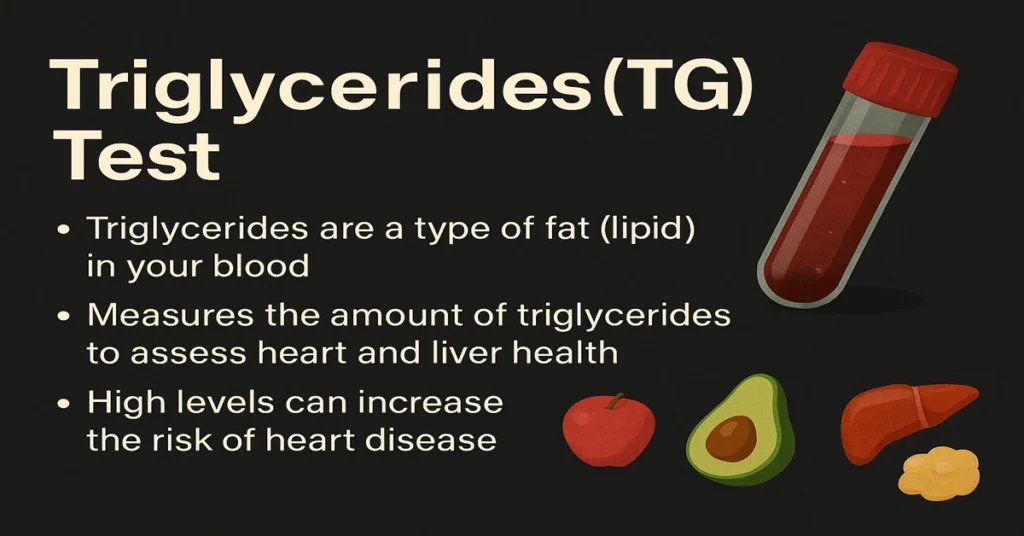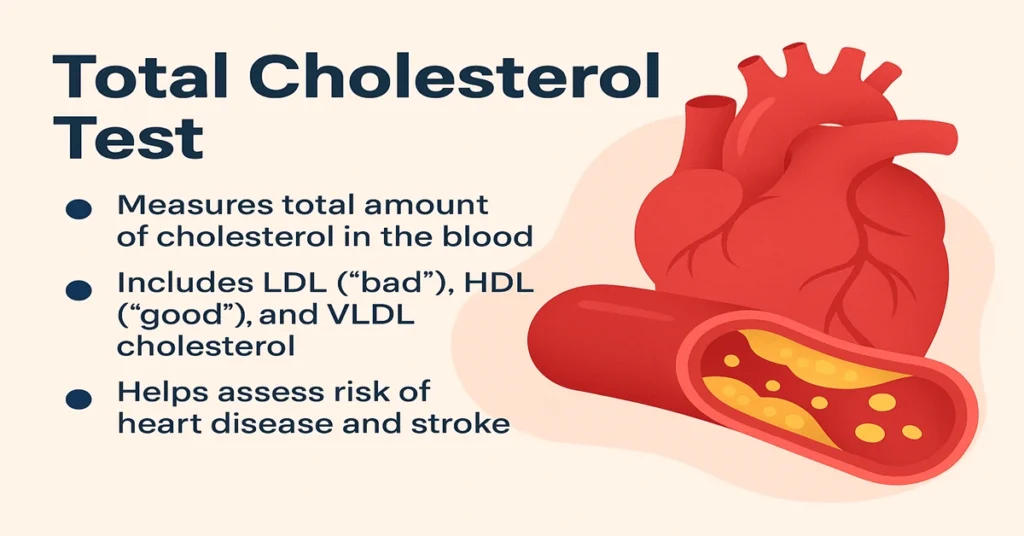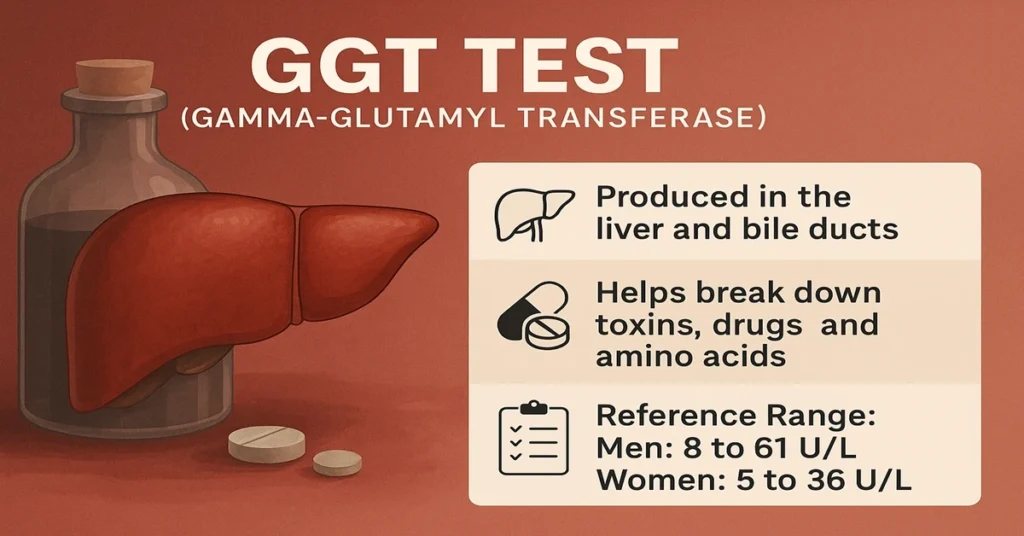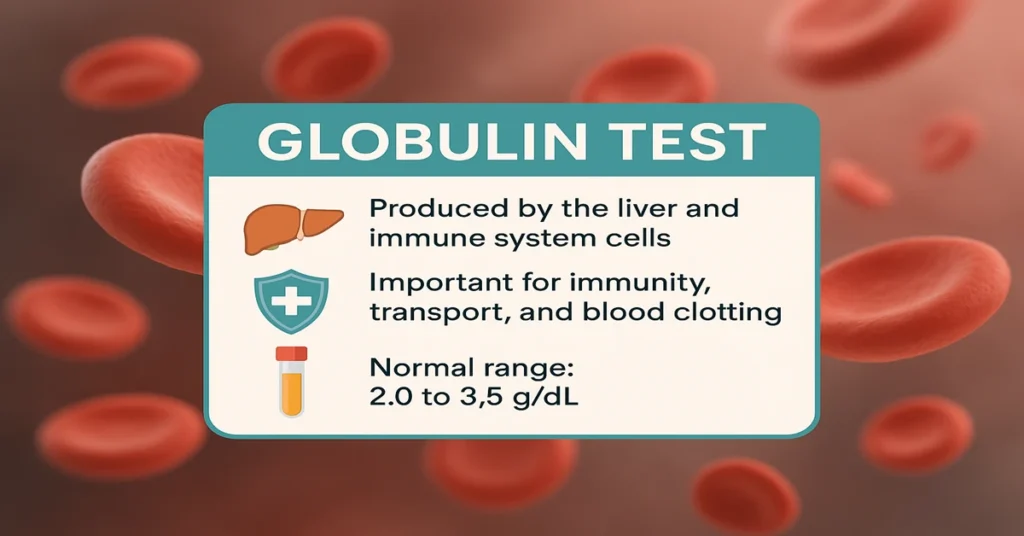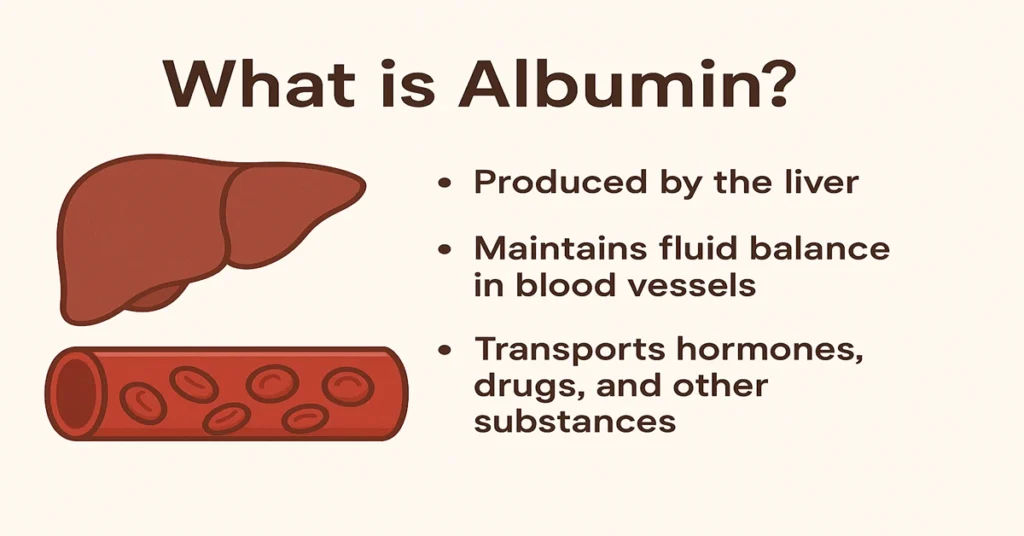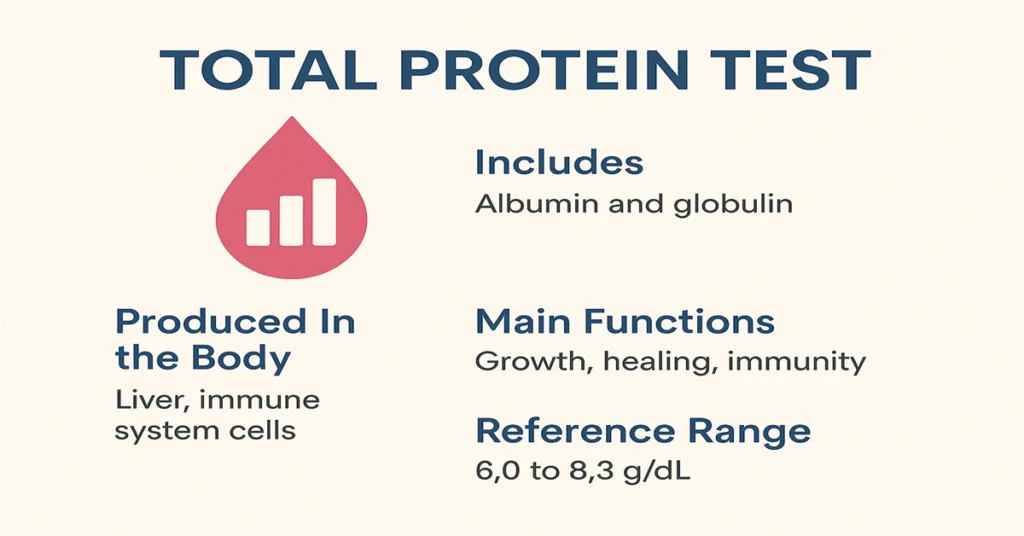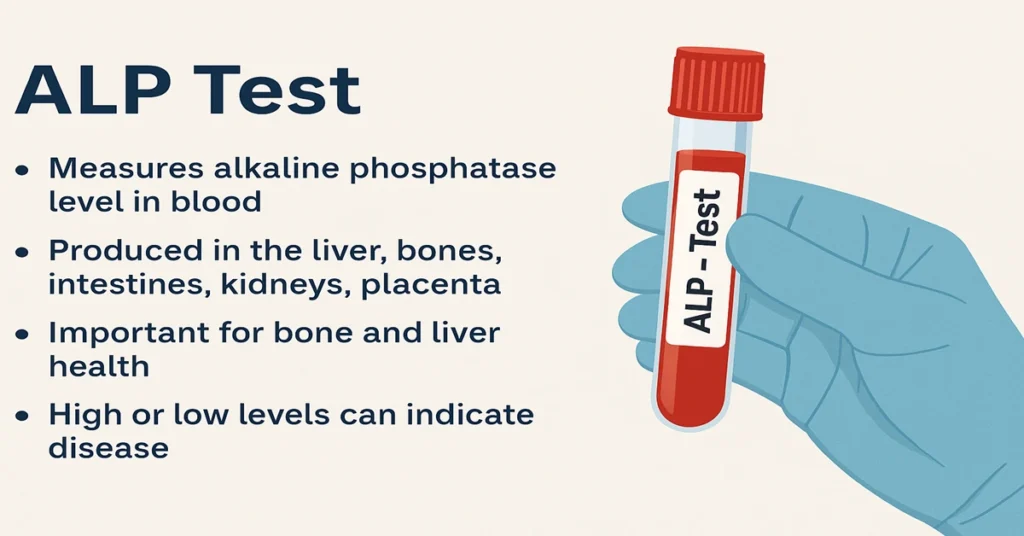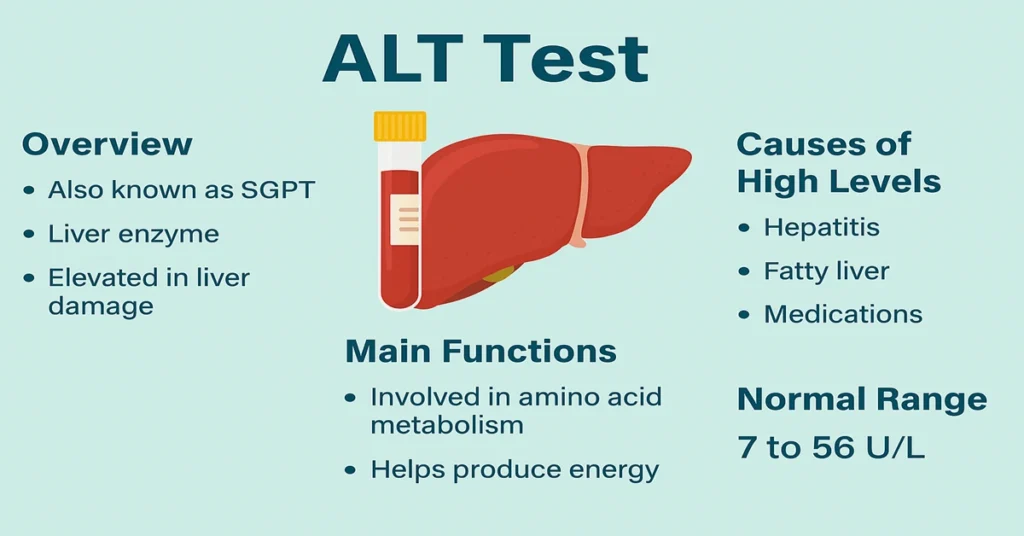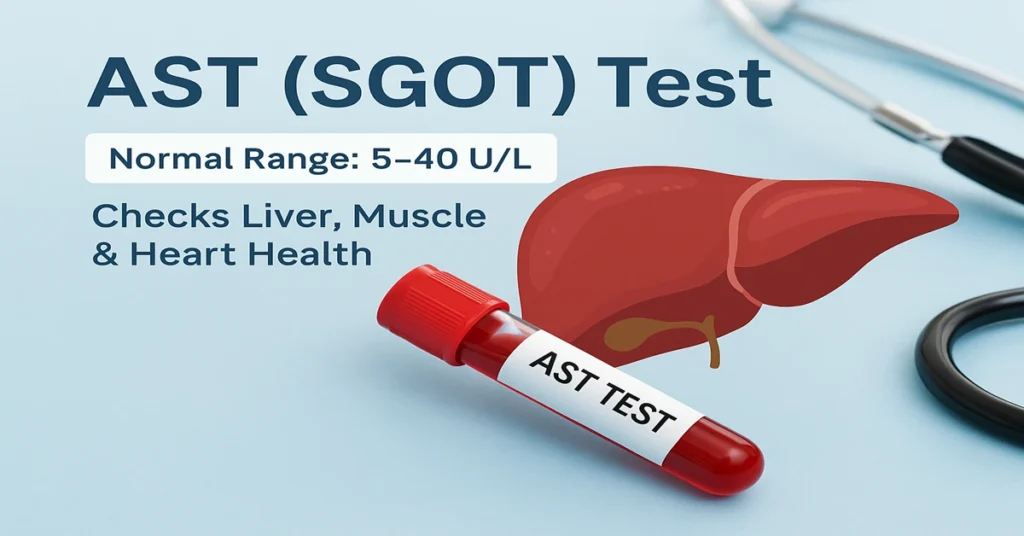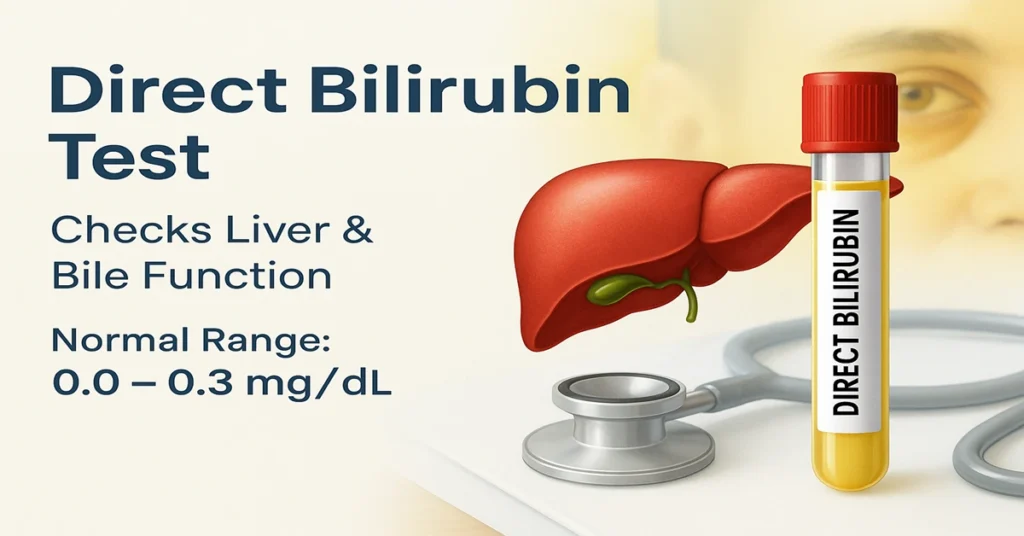Triglycerides (TG) Test: Normal Range, High & Low Levels Explained
The Triglycerides (TG) Test measures the level of fats in your blood to assess your heart and liver health. Triglycerides are the main form of stored energy in your body, but high levels can increase the risk of heart disease, stroke, and pancreatitis. This test helps detect high or low TG levels, understand their causes, and monitor lifestyle or medication effects. Learn about normal TG ranges, symptoms, and what your test results mean for your health.
Triglycerides (TG) Test: Normal Range, High & Low Levels Explained Read More »

